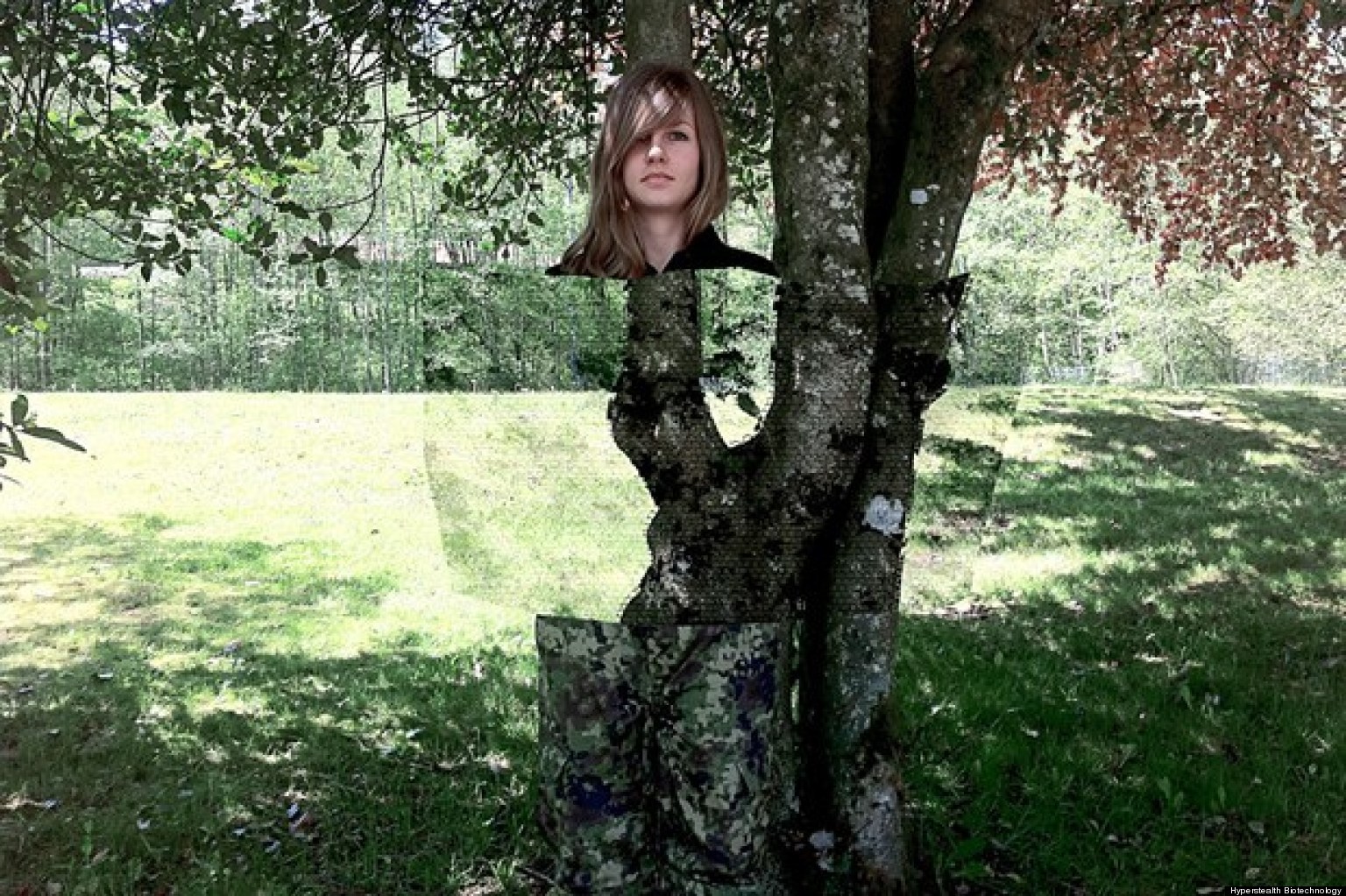
Daily Mail
The technique, called ‘temporal cloaking’ was developed at the Purdue University using lasers and fibre optics, and is reported in the journal Optics InfoBase.
The researchers separated strands of light frequencies before changing their respective height. They then sent this light through a fibre optic cable.
By slowing the speed of photons on a particular strand, the intensity of that light dropped to zero.
This made that particular strand appear invisible, hidden behind or between other strands. Using this method, the light travelling in front of this strand was sped up, while the trailing part was slowed down to create a gap. The physicists then used this gap to insert hidden messages in data.
The hidden messages travelled along with the other frequencies, but arrived at the other end, marginally out of sync with the photons surrounding it. The theory was proposed by scientists at Imperial College London in 2010, and the team of researchers from Purdue University made it a reality in 2013.
Last year, these experts concealed data, but were unable to retrieve this hidden data, and ultimately ended up erasing it. They have since developed the technology, and their latest design is the first step towards using such cloaking devices in the real world.
Expanding this theory outside the realms of sending data, experts propose it has the potential to hide events featuring people, for example.
If a gap created between the light strands was large enough, a person could walk through the centre undetected, and appear in another location.
For example, if a pedestrian wanted to cross a road without interrupting the traffic, the cars that haven’t reached the crossing would appear slowed down, while the cars beyond the crossing would speed up.
Continue reading …










Sign up on lukeunfiltered.com or to check out our store on thebestpoliticalshirts.com.